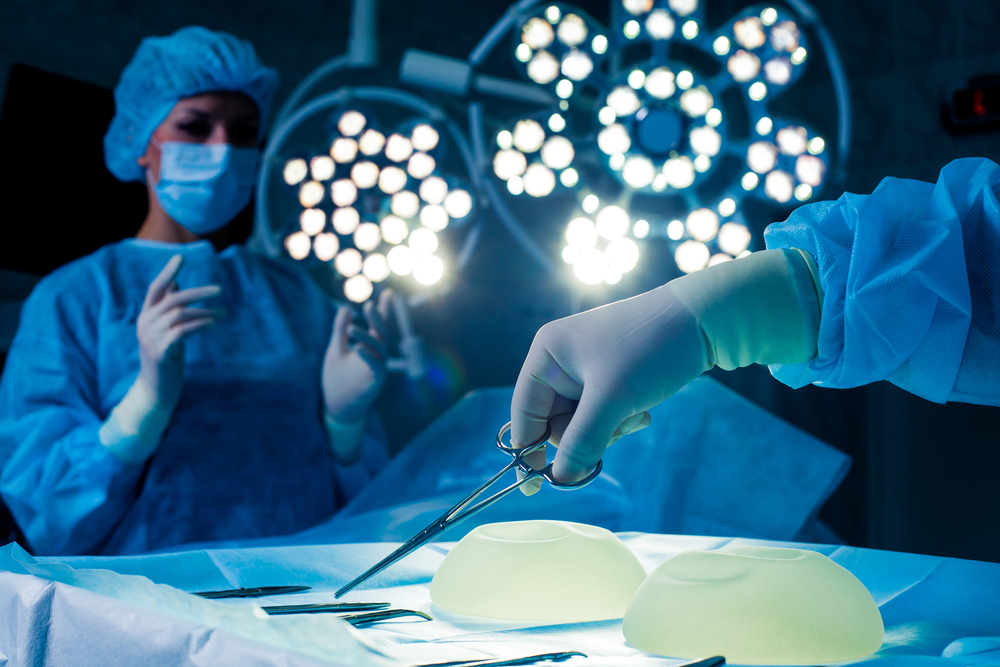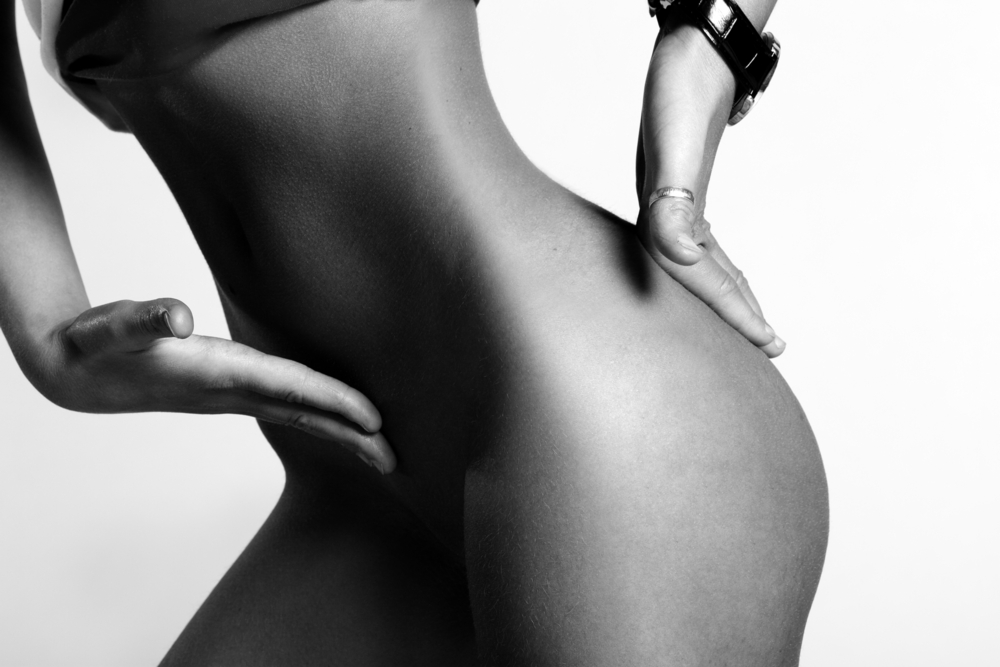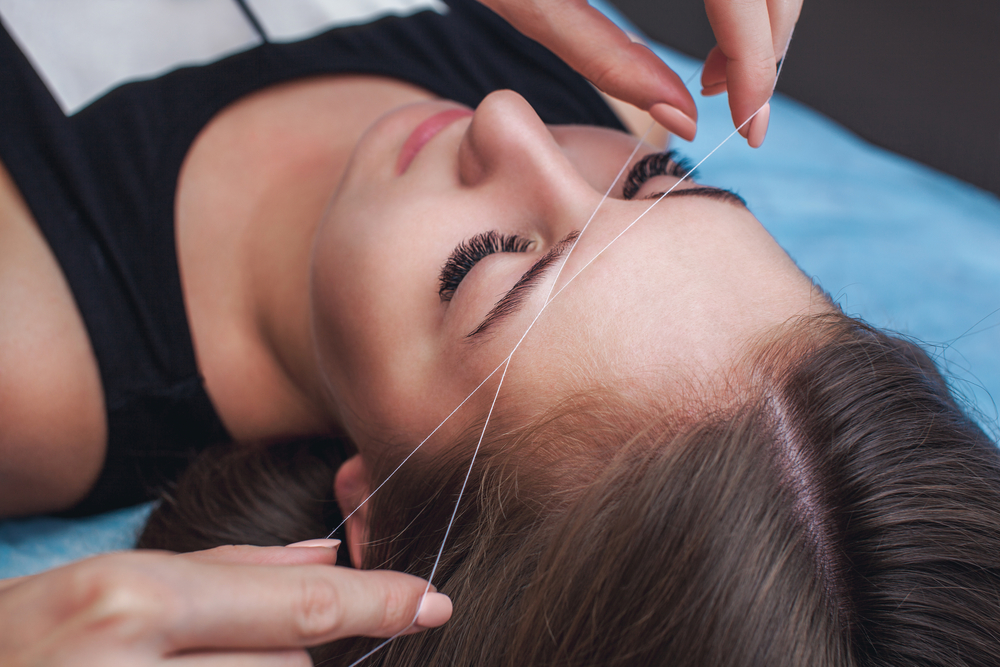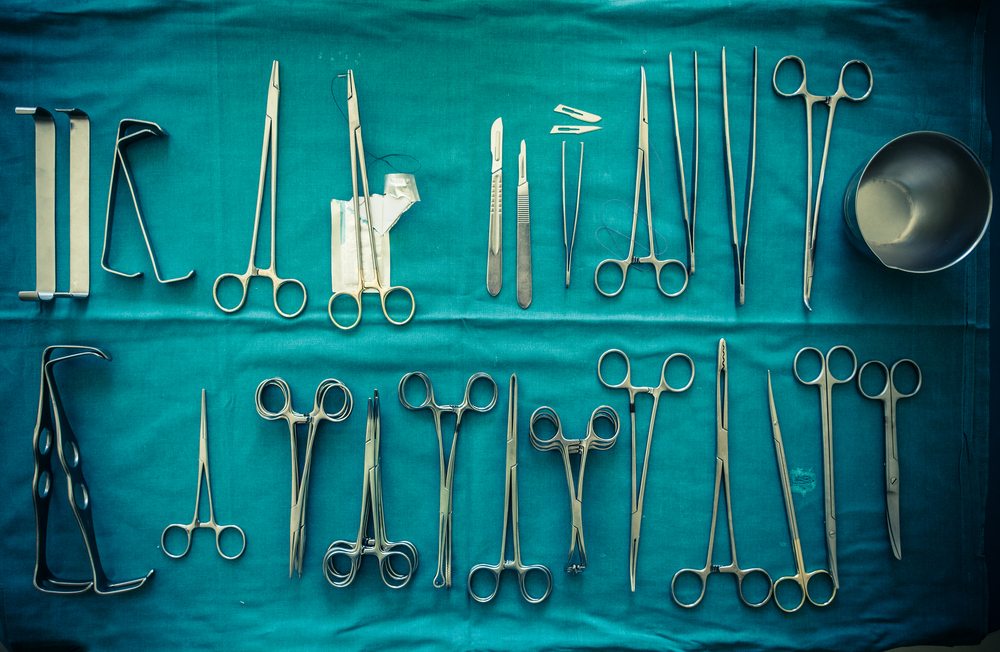- Tuberous breast deformity is a medical condition where the breasts appear underdeveloped and tubular in shape.
- Research is still emerging about the etiology of tuberous breast deformity.
- At present, the condition is often overlooked or undiagnosed in sufferers.
- Specialized breast augmentation surgery and mastopexy can dramatically improve the aesthetic appearance of tuberous breasts.
What are tubular breasts?
The physical appearance of tubular breasts are caused by a combination of factors:
- Internal scar tissue that has contracted and distorted the breast tissue around the base of the breast, creating a tubular shape and constricting the development of breast tissue on the chest.
- Thin connective tissue (fascial) support around the areola.
This condition has recently been recognized as a congenital abnormality that first becomes apparent during puberty. It’s most widely referred to as tuberous breast deformity (TBD), but is also labelled tubular breasts, constricted breasts, and herniated areolae. The name derives from the tube-like appearance that the breasts take on.
Tubular breasts are often mistaken for small breasts that haven’t fully developed, but their effects are further-reaching than merely cosmetic; they can also affect a woman’s ability to breastfeed as there is insufficient glandular tissue to produce milk.
What causes tubular breasts?
Doctors Rees and Aston first described tuberous breasts in 1976, but researchers have still not confirmed what causes the condition. Some doctors have theorized that the deformity occurs at an embryonic stage, and that there may be a genetic predisposition to tuberous breasts. Others align tuberous breasts with a lack of collagen deposition.
Detailed research on tuberous breasts is still emerging, with many women unaware they even have the condition and some doctors still unable to accurately diagnose it. “Tubular breast anomaly is more common than patients realize,” explains Dr Benjamin Norris, a highly respected plastic surgeon with a busy practice in Sydney, Australia.. “At least five percent of women who come to see me for breast enhancement have tuberous breasts, and this condition can have significant implications regarding the way breast augmentation should be addressed”.
Dr Navid Jallali, a leading plastic surgeon in London, England, elaborates: “’Tuberous breast deformity (TBD) is a massive issue affecting a great many women. But because of the lack of research and chronic lack of awareness among some doctors, it’s my view that it’s not being tackled properly. And that’s causing patients to suffer in silence. It’s not just a case of someone having small breasts and wanting a larger cup size. With TBD, the shape is often very uneven between the breasts. For most patients it’s unsightly at best, and a source of extreme anguish at worst.
The current lack of awareness around tuberous breasts is deeply problematic: many women who mistakenly think they have small breasts and seek breast augmentation from surgeons who are also uninformed, may end up with unsuitable, traditional implants. Tuberous breasts require diagnosis of the issue, and then a specialized augmentation approach to correct the deformity. Although breast augmentation surgery can cosmetically improve the appearance of the breasts, it cannot improve the milk supply issue.
Diagnosis of tubular breasts
Diagnosis of tubular breasts is generally by sight. One feature that all tubular breasts have in common is that they’re lacking breast tissue both vertically and horizontally, endowing the breasts with a potato-like appearance (hence the word “tuberous”, which is derived from “tuber”, a potato root). However, tubular breast deformity also causes other irregularities, including:
- Breast tissue that is cylindrical, or tubular, rather than rounded. The tissue is often the same shape from the base of the breast to the end
- Herniation of the areola, where the areola appears enlarged or domed
- Flat appearance in the upper pole of the breast
- Narrow breast base
- Asymmetrical breasts (in some cases, only one breast is affected by TBA or there is uneven development between the breasts)
- Abnormally large space between the breasts
- Tight breast skin beneath the nipples
- Poorly defined or a non-existent inframammary crease
- Breast tissue that projects into the areolae and nipples
- Nipples that point inwards or downwards
- Breasts that appear to be drooping due to an abnormally elevated inframammary crease
- Breasts that appear to be triangular in shape
Many women notice that their breast shape is irregular but don’t realize that they’re affected by an underlying condition that caused this irregular shape. Doctor Adam R. Kolker, an expert in tuberous breast deformity and its aesthetic treatment and correction, has identified three classifications of tubular breast deformity outlined in the table below.
| Type | I | II | III |
|---|---|---|---|
| Base | Minor constriction | Moderate constriction | Severe constriction |
| Inframammary Fold | Normal laterally, minor elevation medically | Medial and lateral elevation | Elevation of entire fold, or fold absence |
| Skin Envelope | Sufficient | Inferior insufficiency | Global insufficiency |
| Breast Volume | Minimal deficiency, no deficiency, or hypertrophy | Moderate deficiency | Severe deficiency |
| Ptsosis | Mild, moderate, or severe | None or mild | Mild / moderate |
| Areola | Enlargement | Normal, mild, or moderate herniation | Severe herniation |
Surgical approaches
Surgical correction of TBD is complex and requires a specialized surgical approach to ensure the best possible outcome. The procedure requires the surgeon to undertake subtle technical maneuvers to achieve beautiful and consistent outcomes. If TBD is unrecognized and augmentation surgery is carried out in the traditional manner, the deficiencies and skin restrictions of the lower breast pole can actually worsen the swelling and prominence of the areola, exacerbating the tubular breast shape.
Moderate and more severe cases of tuberous breast deformity require reshaping of the breast, balancing the areolas, achieving symmetry across the breasts along with the augmentation of the breast tissue. Unfortunately, there is a scarcity of surgeons experienced in breast augmentation surgery for women with TBD. This is due to both a lack of understanding surrounding the issue, and the complexity of the surgery.
Moreover, there is such a wide range of severity and asymmetry in cases that no two corrections for TBD are the same. Each surgery is as unique as the individual’s breast shape, body type and goals. However, according to Dr Kolker, breast augmentation surgery for TBD patients share some common surgical features: the glandular tissue and breast base constriction are released using radial scoring, and a new, lower inframammary fold is created.
Excellent results have the potential to transform a patient’s life and boost their self-esteem and confidence immensely. Some women who’ve undergone corrective surgery to address TBD report that for the first time in their lives they can feel excited about wearing bikinis, or that they’ve since entered into their first-ever relationship: powerful testaments to the positive transformative power of cosmetic surgery.
» If you would like to receive free expert medical guidance regarding your surgical options for tuberous breast correction, connect with our medical review team.
Stage one: breast skin expansion
Patients with severe TBD typically lack breast skin or have very tight breast skin around the lower half of the breast, meaning it can be challenging to insert an implant. In such cases, the surgery must therefore be carried out in stages, with the first component of the procedure expanding the breast skin to prepare it for an implant, if implants are deemed necessary.
During the initial operation a small balloon called an expander is inserted into the breast. Every few weeks the balloon is incrementally expanded to encourage the skin to stretch. Some patients can require up to ten expansions to prepare their skin to hold a new implant. One of the most empowering aspects of this process is that the patient can control how large they would like their new breasts to be, as ultimately the implant will fit inside the “pocket” made by the expander. Some women report that this part of the procedure can be painful, while others find it tolerable. Women generally require one night in the hospital following the insertion of the tissue expanders, and then a full week of recovery at home.
Stage two: insertion of breast implants with or without fat grafting
Once the breast skin has been sufficiently stretched to allow for the insertion of breast implants, the second part of the procedure can begin. Silicone or saline implants represent an essential component of achieving breast volume and fullness. Moreover, implants of differing sizes can be used to correct asymmetry in the breasts: in some cases of tuberous breast deformity only one breast will be affected. For women who have sufficient fat that can be harvested from elsewhere on their body, fat grafts are sometimes used in addition to implants to fill out any deficits or contour irregularities.
Stage three: mastopexy
For some patients, with sagging, lax breast tissue or enlarged and protruding areolas, a breast lift (mastopexy) procedure can be an effective accompaniment to breast augmentation. During mastopexy, the breast tissue will be lifted and the areolae reduced in size to appear more proportionate to the breast and protrude less. Note that this can often be done simultaneously with the placement of the breast implants in stage two.
» Learn more about the specifics of areola reduction surgery in our nipple and areola reduction guide, which details the surgical process and features before and after images, as well as patient reviews.
Non-surgical alternatives
There are currently no natural or non-surgical alternatives to correct tuberous breasts. The safest way to achieve breast enlargement and a more traditional breast shape is to undergo breast augmentation surgery and/or mastopexy. Surgery is crucial as it releases the constricted breast tissue, creating space for a future implant or fat graft.
Does insurance cover the cost of surgery?
At present, there is some contention regarding the lack of insurance coverage for the correction of tuberous breasts. In general, tubular breast deformity is regarded as a cosmetic issue rather than a medical necessity or health hazard. Breast augmentation or corrective surgery is performed for aesthetic reasons rather than to address the function of the breasts or improve the health of the individual. That said, there are some individuals and doctors campaigning for recognition of the issue as one that can strongly impact on the psychological and social well-being of sufferers.
Some surgeons are willing to work with patients to make a case for insurance companies to consider covering surgery for women with tuberous breast deformity. If you’ve been diagnosed with TBD and are unsure if you are eligible for coverage to surgically correct your breasts under your health insurance scheme, check the wording of your policy or consult with your insurer.
» Want to find out more about your options for financing breast augmentation surgery to correct tuberous breasts? Read our CareCredit financing guide.









